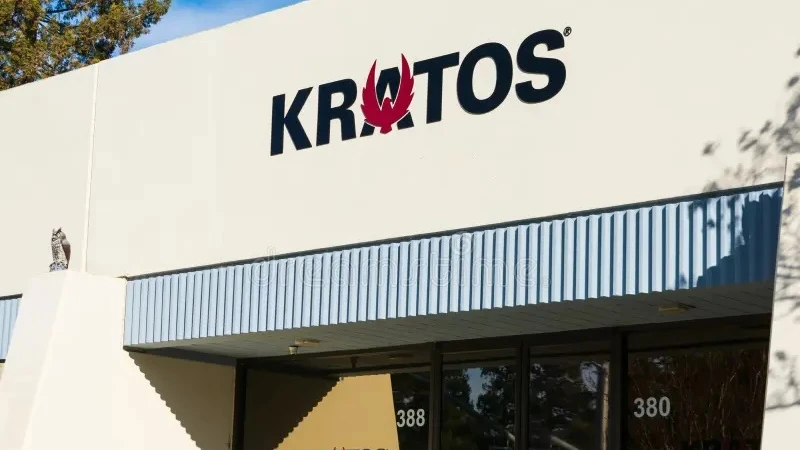Oct 24, 2017
Many clients come to us with no real idea about how much bandwidth, or what kind of bandwidth, that they need for their application. We normally begin by asking a series of questions:
What is the primary purpose of the service? Business office, Internet Café, Wireless ISP (WISP), school, military outpost, etc.
Based on years of experience, we know that if the site is a construction project, Internet Café, oil rig, or a bank with branch offices, there are certain types of data and traffic patterns that we normally expect to see for that type of business or organization. This gives us a “gut feel” for what will be required.
How many people will be using the service during peak busy hours?
For services that deliver unlimited service, such as our iDirect Broadband services, we can estimate how much bandwidth to recommend for basic internet access, based on the primary purpose as indicated in the first question. We have one calculation we use for our iDirect Broadband services, and another we use for BusinessCom Dedicated bandwidth, that allow us to estimate how much bandwidth is needed for typical internet access – browsing, email, a little social networking, etc. These calculations are modified, depending on the quality of service required. This bandwidth is the base level to which more capacity might be added, if needed.
Will there be any VoIP traffic? If so, how many lines will be in use at the same time?
Voice is different from data. With web browsing, for example, you send a small request to the internet, and then your device transmitter is idle. You receive the content in a few seconds, and then the receiver is idle. This is what we call an intermittent and bursty traffic pattern. Devices are active and inactive, requesting and receiving content intermittently. Voice and video are like turning on a faucet. The data bits flow continuously from the start of the call to the end, and the same amount flows in both directions – send and receive. The voice traffic cannot stop or slow down, to download a web page, so it must have “protected” and provided with guaranteed bandwidth for the duration of the call. We call this CIR or Committed Information Rate. We need to know how many concurrent VoIP calls will be in use, in order to determine how much CIR is needed to deliver consistent business quality voice.
Describe any video requirements.
Video can range from webcams and Skype video, to surveillance, streaming content or videoconferencing, and data rates to support video can range from 128 Kbps to multiple Mbps. We need to understand the quality of the video, in order to estimate how much bandwidth it will need. We also need to know whether the video is mostly being received, or if it’s being transmitted. Video quality can range on YouTube from 144p to 1080p (HD) or even higher for 4K video (requires about 15 Mbps!). We can offer guidelines for how many Skype video sessions can be supported by a particular bandwidth level, and we can discuss whether any of this traffic should be prioritized or limited.
Are there any particular business applications that need to be supported?
Most web-enabled business applications operate fine over broadband satellite; but it helps to make sure we understand the goals and requirements for these applications as they may need to be prioritized. Cloud based applications drive higher bandwidth needs. For security and/or ease of networking, many applications run over VPNs (Virtual Private Networks), and we need to know about them. Some VPNs, such as those used by most Remote Access products run over SSL-VPNs which work fine over satellite. Others that run over IPSec, and PPTP for example, can have significant throughput issues, which we can explain, and for which we can often offer workarounds.
Do you already have any VSAT equipment in place?
BusinessCom has a wide range of service options and satellites to offer, and if the client already has VSAT hardware, we can try to use all or most of it, if doing so meets the customer’s business goals.
With answers to these six questions in hand, BusinessCom representatives can generally come up with one or more service options to meet the customer’s requirements.
Most client networking projects are well supported by our iDirect Broadband services, which are designed for enterprise clients. These services will support business offices, military outposts, Internet Cafes, small to medium WISPs, oil rigs, maritime applications, mobile applications, etc. supporting user populations from a few workstations to a couple hundred devices. BusinessCom’s regional iDirect Broadband (iDB) services and iDirect Global (iDG) services, together provide a wide range of bandwidth options, and satellite footprints covering most of the globe.
When clients have special requirements, such as large scale VoIP termination, cellular backhaul, HD Video Conferencing, streaming, or very large networks with hundreds or thousands of users, we turn to BusinessCom Dedicated Bandwidth. These services are all custom designed, and leverage a range of satellites and technologies. We calculate how much bandwidth is needed and then determine the best way to deliver it. By investing in larger VSAT terminals (antenna and transmitter) or advanced modem/router equipment, we are often able to reduce service costs that quickly cost justify the larger hardware investments. We use a formula to estimate bandwidth for large numbers of users for basic internet access, and add any VoIP, video or other specifically defined traffic to come up with a service recommendation. This is often a starting point, which may be adjusted, as the client evaluates their requirements in light of the bandwidth needed to support them.
As HTS (High Throughput Satellites) continue to grow in availability, and more are added to our portfolio, bandwidth calculations for these services will depend more and more on data caps and quotas, rather than the unlimited services offered by iDirect Broadband and Dedicated Bandwidth services. The information collected above will still be applicable, but calculations for services will focus more on how much traffic a typical workstation generates per day, rather than the calculations normally used to determine bandwidth for shared networks. Understanding voice and video on usage-based services will be critical, since it’s a continuous flow of traffic that can quickly eat up data quotas.
There is more to designing and delivering a good service than sending price lists out to clients. There is a reason for a consultative approach, in order to ensure that the client is getting the best solution for their requirements. Rather than provide “cookie-cutter” solutions, BusinessCom enables customized, managed solutions that give our clients the business advantage they seek to achieve their goals.





